Rearing Youngsters Correctly
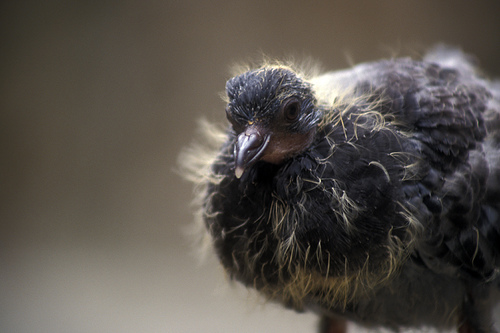 The novice must realize at the outset that young racing pigeons which do not leave the nest properly reared are a waste of time and effort.
The novice must realize at the outset that young racing pigeons which do not leave the nest properly reared are a waste of time and effort.
There is a lot of truth in the old saying that most of the long hard races are won or lost in the nest, and the beginner should do his best to ensure that his squeakers are a sound and healthy lot.
Youngsters which leave the nest in poor feather and weed body, have either been under nourished or suffered a setback due to illness.
They should not be allowed entry to the racing loft. The feather is probably the best indication that all is not well. Any check suffered in the normal growth is indicated by a mark across the tail and flight feathers.
If the newcomer is not certain what to look for, most old hands will be please to point out the defect. It must also be remembered that all small birds are not weeds. If their feather is good and their body plump, they are in good condition.
To rear sound young, the loft should be free of mites and lice, and the parent birds serene and vigorous. The breeders should have a constant supply of food and water and the food must be high protein content, about 20%.
A mixture of at least 90% peas is ideal for rearing and various small seeds and pellets manufactured for the purpose can be used as a tidbit to advantage. Grit is essential and this can be obtained ready mixed from various grain and fodder stores.
Greens such as silver beet and lettuce or finely chopped young grass fed once weekly will also assist in gaining the desired result.
It is also a good idea to keep the floor covered with fresh shell grit (shell grit is a source of calcium and not true grit, but gravel grit is essential for the gizzard).
The poorly reared youngster may win a short race, but it has no potential as a long distance winner and definitely no place in the breeding loft as a future stud proposition.
Like this article? click the “like” button below to read part 2. (**Note: if you do not see the “like” button below, please refresh your browser**)
[viralbait_buttons fb=”yes” ]
[viralbait_content giftID=”-1″ loadtime=”page” revealtime=”vb_rev_btn” ]
FEED BARLEY NOW
Barley should be fed just prior to, and during the moult, if the desired silky plumage is to results in your pigeons.
Amino acid cystine, about 9% as found in feathers, is essential in the diet at this time and barley is the best source of intake of the common grains.
Barley contains about 2.5% cystine, wheat does not provide it at all, maize and oats give less that 2% and peas less that 1%. Barley is a cheap part of the diet, and in most cases it can be obtain free of long tails.
Peas and wheat give and ample supply of the other nine essential amino acids, although maize is richer in threonine, leucine and valine. If the novice feeds a mixture of 50% barley, 25% peas and 25% wheat for the next eight to ten weeks he will be certain his birds are not missing out. The addition of linseed, richer in amino acid tryptophan than wheat and peas, will also assist if used as a tidbit. Linseed is high in protein 24%, and fat 36%, but low in carbohydrates 28% in comparison with other popular grains.
If the beginner takes notice he will find that a good knowledge of the composition of grains will help him to feed the right mixture at the proper time. For instance, youngsters until they leave the nest require a higher protein content diet than they need later in the racing season. 20% to 25% is necessary to build the youngster into the healthy potential winner, but 14% to 18% protein in ample in a racing mixture. Knowing what to feed, when to feed, is a vital part of good management. Protein is a repairer of muscle and the novice will find that the bird which returns from a long, hard race, flown down to the wafer in body weight, will recover much sooner if it is rested and fed all peas than it will if feed all wheat. However, once it has regained its weight and is eager to get back into the air again, the protein intake must be cut down and a diet high in fat should replace the one of all peas. Fat burns into 2.5 times as much energy as either protein or carbohydrate.
The storage capacity in muscle and liver is filled faster if a diet rich in fat is used. A mixture of rapeseed, linseed and hempseed fed for two of three days prior to receiving the usual racing mixture will make certain the birds is back in top racing condition without waste of time. Essential minerals compose 6% of the bird’s body and ample sources of these are found in the common grains and grit mixtures. Calcuim and phosphorus are two which provide no worries. Salt, added in the grit mix, is a source or sodium and chlorine. Potassium is so abundant in ordinary pigeon food that it is of no concern. Iron is found in grains grown in iron rich soils. One drop of iodine to each gallon of drinking water every now and then will be sufficient supply of this necessity needed for thyroid health and normal growth. Sulphur is found in ample quantities in barley, wheat, maize and peas. It is good management if pigeons are fed the correct mixtures.
[/viralbait_content]
Rearing Youngsters Correctly by Vin Bladen
The Leading Online Pigeon Racing and Racing Pigeons Magazine – The Pigeon Insider


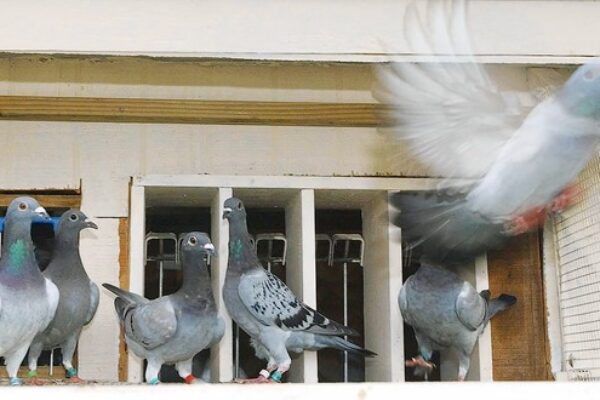
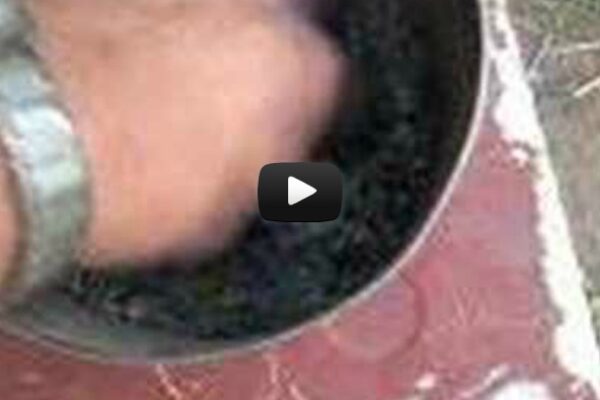
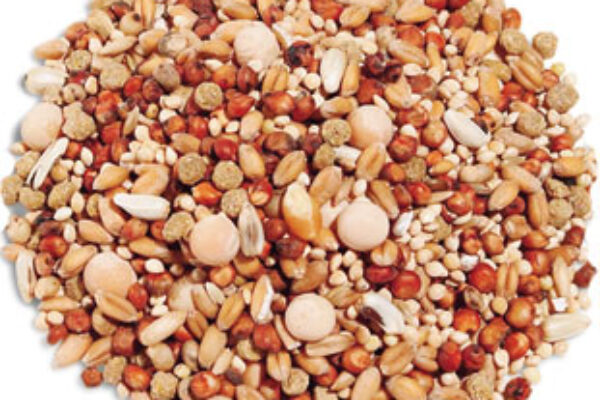
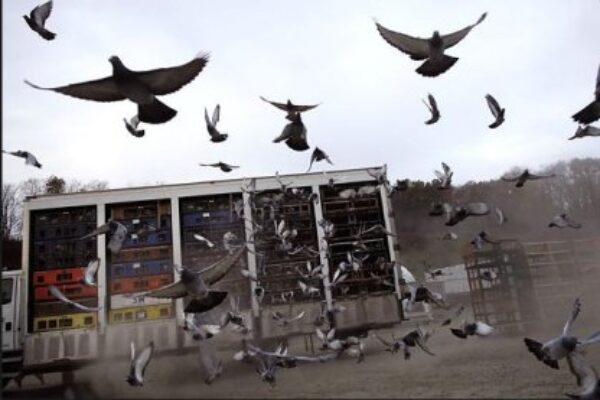



Who to keep piegons free from lice by natural method
Hi Chris all youngsters are not good i don’t care who the parents are we have all had one in a nest
they fill with water and the other gets feed well i get rid of the bad youngsters i don’t care how good
the parents are.and peas i think you need them but they need all seeds except barley when feeding
young Brad.
Thanx for your advice>>>>>
breeding and raising youngster is something to learn everytime , that’s why I always look and learn how others are doing .
It’s true that in starting winning racing, starts from the nest. If the youngster doesn’t get looked after well by its parents and the fancier, say goodbye in racing your pigeons. It is like sending your pigeons to the slaughter house. I tend to breed only 4 youngsters per every 2 to 3 years. Automatically eliminate over crowding of racing pigeons. A youngster “squib” is fed by its parents and the parents get fed by the fancier. So if you the fancier feed the parents, feed them with the best of the best dry and wet feeds of which their youngsters get fed by it too. Logic isn’t it? I’ve stopped the nicks and tricks, the how to’s and the do nots even the wise sayings in the racing pigeon world. Trying everything out can make you or break you and your racing pigeons wouldn’t know if they are coming or going. Your club you fly in will make you the laughing stock.
The best way to stop that is to do what you know is best for your racing pigeons
Just started with racing pigeons and the first round is coming along. The article and comments are a great help and I’ll be adjusting my feeding program. Thanks
Warren
Good hygiene is probably #1. As far as feed goes, apart from race bird conditioning, Pigeons will tell you what they need and don’t need by simple observation. Watch what they eat and don’t eat, then adjust accordingly. Good grit and added essential oils and vitamins as supplements will insure proper nutrition.